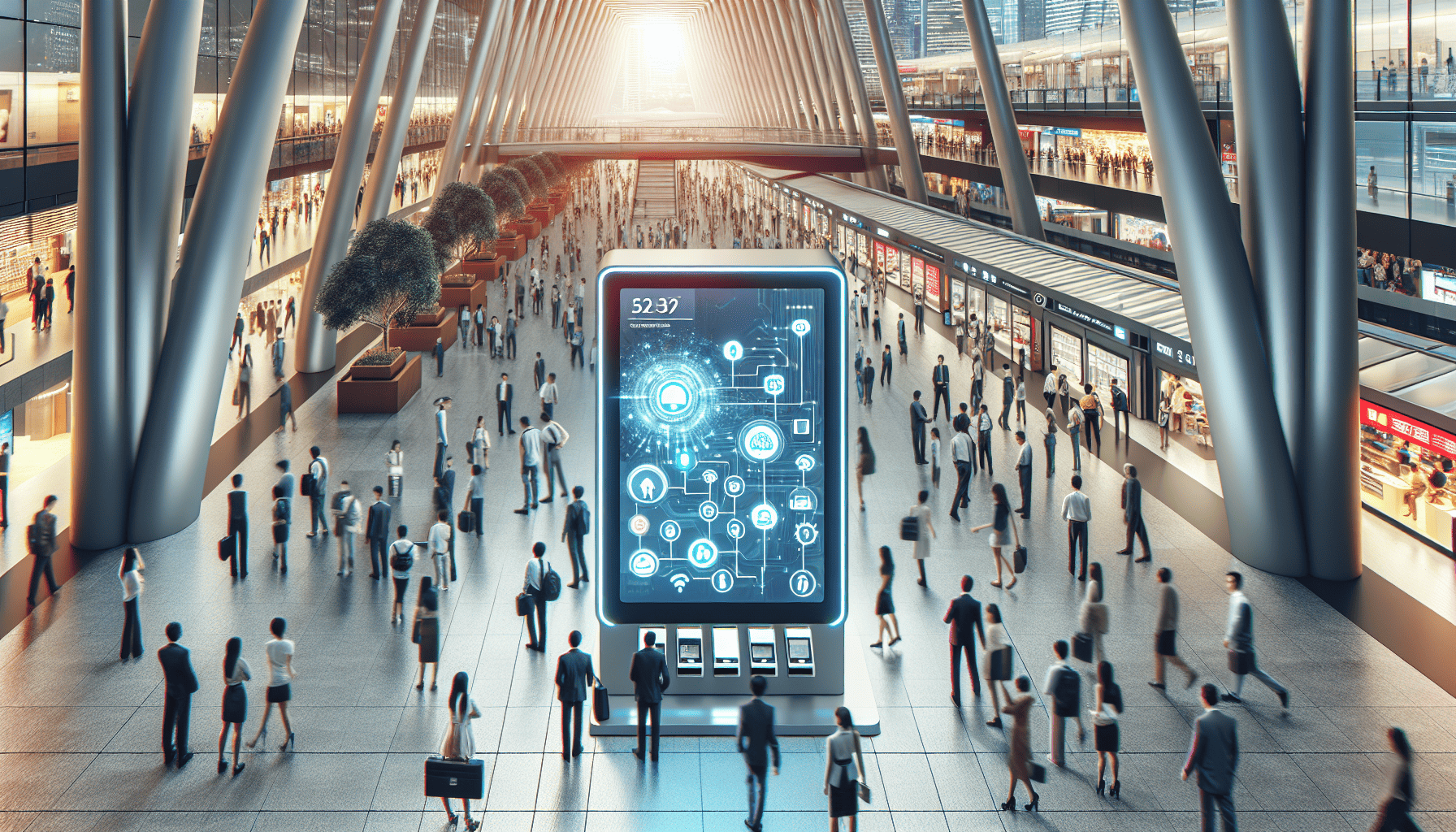In the modern era, technology continues to reshape various facets of life, with public services being no exception. From streamlining processes to enhancing communication, technological advances are revolutionizing how governments and organizations deliver critical services to their communities. This integration of technology in public service sectors is not only fostering efficiency but also amplifying accessibility, ensuring that more individuals can benefit from the resources and support available.
Historically, public services have often been bureaucratic, slow, and difficult for the average citizen to navigate. With the advent of digital platforms and tools, many of these barriers are being dismantled. An increasing number of government agencies are now moving services online, allowing citizens to access information and perform essential tasks virtually, without the inconvenience of long queues or physically visiting an office. This shift is particularly beneficial for individuals living in remote or underserved areas, where access to physical infrastructure is limited.
One of the key areas where technology is making significant strides is in public healthcare. The integration of telemedicine and electronic health records (EHRs) is transforming the way healthcare is delivered. Telemedicine enables patients to consult with medical professionals remotely, reducing the need for travel and minimizing the strain on physical healthcare facilities. EHRs, on the other hand, allow for the seamless sharing of patient information across different healthcare providers, improving coordination and reducing errors in patient care.
In addition, artificial intelligence (AI) and machine learning are being harnessed to predict and respond to public health emergencies more effectively. These technologies analyze massive amounts of data to identify patterns and potential outbreaks, enabling timely interventions. This proactive approach can save lives and resources by containing health threats before they have a chance to escalate.
Education is another sector experiencing transformation due to technological advancements. Digital learning platforms and resources are democratizing access to education, giving students from diverse backgrounds the opportunity to learn and grow. These platforms often offer interactive and personalized learning experiences that can cater to individual learning styles and paces, thereby enhancing educational outcomes.
Furthermore, technology is playing a crucial role in engaging citizens in governance and policymaking. Through online portals and mobile applications, citizens can now voice their opinions, participate in consultations, and even vote in elections. This increased participation fosters a more inclusive, transparent, and accountable governance structure, where citizens feel empowered to influence the decisions that affect their lives.
The integration of smart technology in urban planning and management is also contributing to the development of smart cities. These cities leverage the Internet of Things (IoT) to manage resources efficiently, reduce energy consumption, and improve public safety. For example, smart traffic management systems use real-time data to ease congestion, while intelligent lighting systems adjust to environmental conditions to conserve energy.
However, it is crucial to acknowledge the challenges that accompany the integration of technology in public services. Issues such as data privacy, cybersecurity, and the digital divide must be addressed to ensure that technological advancements benefit all members of society. Governments and organizations must implement robust security measures to protect sensitive information and invest in digital literacy programs to equip citizens with the skills necessary to navigate this new digital landscape.
In conclusion, the integration of technology in public service sectors is paving the way for a more efficient, accessible, and citizen-centric approach to governance and service delivery. By continuing to innovate and address the challenges that arise, public services can harness the power of technology to improve the quality of life for communities around the globe. This transformation heralds a future where technology is not just a tool but a fundamental pillar supporting the prosperity and well-being of society.
